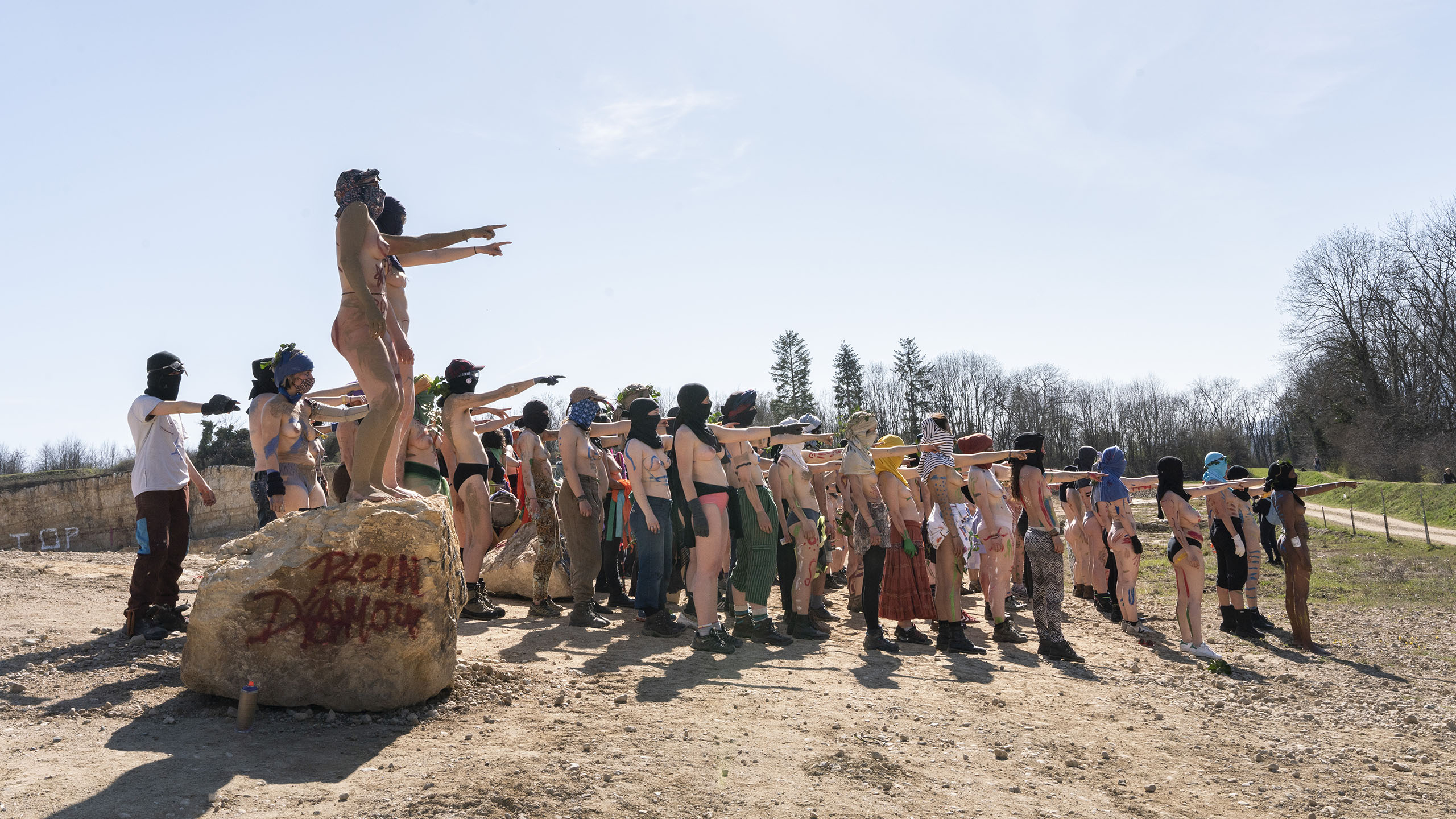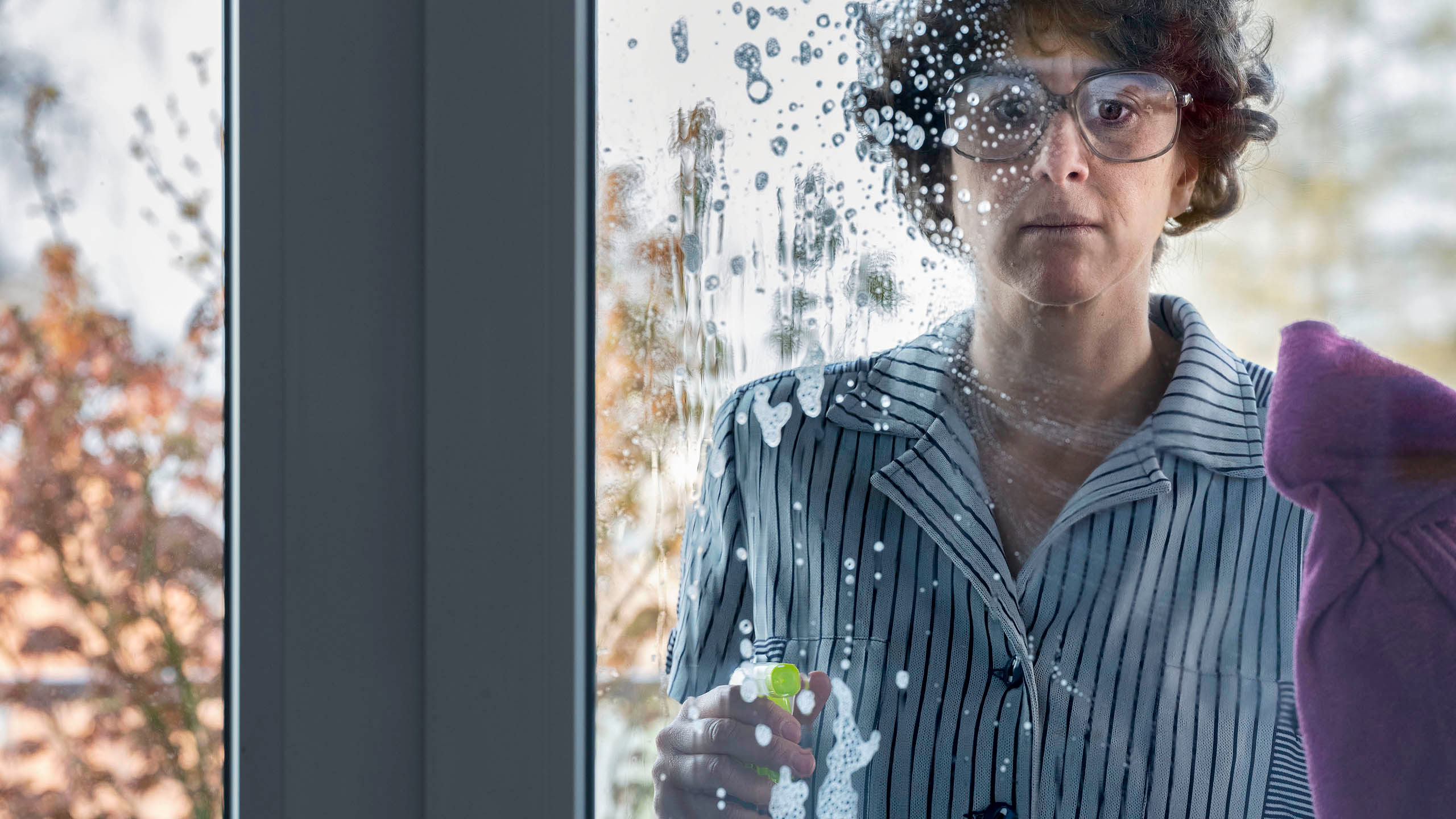








Nora Rupp
Photography 

Nora Rupp
—contact@norarupp.com
+41 (0) 76 520 91 38
Nora Rupp (1981) est une photographe suisse diplômée en photographie à l’École Supérieure d’Arts Appliqués de Vevey en 2003. Elle a travaillé pendant 10 ans comme photographe au sein du Musée des beaux-Arts à Lausanne, et se consacre aujourd’hui entièrement à sa pratique personnelle. En 2021 elle a conçu une exposition rétrospective sur 20 ans de pratique de l’autoportrait, accompagnée d’un mini-festival féministe, largement relayés par les médias - Un corps à soi.
Depuis plus de 23 ans, elle utilise son corps pour se confronter à elle-même et questionner la condition des femmes dans notre société. Son travail lui permet de lutter contre les mécanismes intériorisés tout au long de sa vie. Ses projets engagés nous amènent à observer les oppressions exercées sur les femmes.
Au début de sa carrière, la photographe s’est inspirée de Cindy Sherman, avant de se tourner vers des enjeux féministes plus affirmés. Tout en répondant aux questions et enjeux actuels, dans le contexte des années 2020 en Europe, son travail s’inscrit dans la continuité de celui des artistes féministes de l'avant-garde des années 1970 (Gabriele Schor), qui utilisaient « la photographie comme outil de lutte et de revendication dans une création militante et féministe » (Marine Benoît-Blain à propos du travail de Franki Raffles).
Son travail a été récompensé par des prix, tels que le Swiss Press Award 2022, et a été exposé dans des Musées Suisse (Neuchâtel, Bienne) et à la Biennale de Images Vevey 2024 il fait partie de collections privées et publics tels que celle de Photo Elysée et de la FOAC. En 2024 elle sort son premier livre photo Un corps à soi, aux éditions La veilleuse.
---
Nora Rupp (born in 1981) is a Swiss photographer who graduated in photography from the École Supérieure d’Arts Appliqués in Vevey in 2003. She worked for 10 years as a photographer at the Musée des Beaux-Arts in Lausanne and now devotes herself entirely to her personal practice. In 2021, she created a retrospective exhibition on 20 years of self-portrait practice, accompanied by a feminist mini-festival widely covered by the media—Un corps à soi.
Her new project continues her artistic focus on self-portraiture. For over 22 years, she has used her body to confront herself and question the condition of women in society. Her work allows her to combat the internalized mechanisms developed throughout her life. Her committed projects invite us to observe the oppressions faced by women.
Her work has earned awards, including the Swiss Press Award in 2022, and has been exhibited in Swiss museums (Neuchâtel, Biel) and at the Vevey Images Biennial in 2024. Her pieces are part of both private and public collections, including those of Photo Elysée and FOAC. In 2024, she will publish her first photobook Un corps à soi, with La Veilleuse editions.
PRESSE
Cabanes des possibles
Un corps à soi
- RTS TV, 19h30, culture
- RTS TV, 19h30
- RTS TV, 12h45
- RTS radio, Vertigo
- RTS radio, 12h30, expo mages Vevey
- RTS radio, 12h30
- RTS Radio, Humans of suisse
- 24 Heures
- Le Courrier
- Le Temps
Expositions personnelles
• 2024 - Biennale Images Vevey, Un corps à soi - Vevey
• 2024 - HEP / Haute école pédagogique Vaud, Un corps à soi - Lausanne,
• 2023 - UNIL, Portraits de la Transition - Lausanne,
• 2022 - La Grange, UNIL, Cabanes des possibles - Lausanne
• 2021 - Forêt 11, Un corps à soi - Lausanne,
• 2009 - Galerie Focale, Sentiers Battu - Nyon
Expositions collectives
Expositions collectives principales
• 2023 - Rencontres internationales anti-autoritaires, Cabanes des possibles - Saint- Immier
• 2022-2023, Musée d’Ethnographie Neuchâtel, L’impossible sauvage, Cabanes des possibles - Neuchâtel
• 2023 -Espace Arlaud, Cabanes des possibles - Lausanne,
• 2022 - Musée d’Histoire de Berne, Cabanes des possibles, Un corps à soi - Berne
• 2022 - Musées nationaux suisses, Cabanes des possibles, Un corps à soi - Prangins, Zurich
• 2019 - Musée Historique Lausanne, Lausanne XXL - Lausanne
• 2013 - l’Espace Culturel Assens, Hétérotopies, Ako - Assens
• 2013 - Fondation BAT Switzerland, Ako - Zurich
• 2011 - Festival Circulation(s), Henro - Paris, FR
Performances
• 2024 - Photos Elysée - étape de recherche pour Histoires de nos corps - Lausanne
• 2024 - Images Vevey - étape de recherche pour Histoires de nos corps - Vevey
Expériences professionnelles
Expériences professionnelles principales
• Enseignante en photographie - Ceruleum - dès 2022
• Photographe - Musée cantonale des Beaux-Arts, Lausanne - 2010-2022
• Photographe - Musée International de la Croix-Rouge et du Croissant-Rouge - Genève 2007-2010
Impressum
All images © Nora Rupp
Design: Aurèle Sack
Code: Romain Cazier
Typeface: LL Grey/Lineto
© 2025 Nora Rupp. All rights reserved.
Ako 
Ako
Since 2004, Nora Rupp often goes to Mougnon, a village in Benin; she works and even lives there for a while. From 2010, the photographer decides to carry out a photographic project staging all the families of the village she holds dear. The result is a series of 61 family portraits.
In the style of early photographic portraits, her sitters pose in a group in front of one of their houses. One wonders about each of the villagers’ role in the group, about their relationships and their everyday life. The series also brings attention to the background against which each family stands. By interacting with the depictions of the houses and of their interiors, the project gains rhythm as a whole and recounts how people from Mougnon live.
Following an almost ethnographic approach, the photographer shot the pictures according to the inhabitants’ preferred position in the group and took note of each family member’s name. Her modus operandi, which was the same for each family, sheds light on both the repetitions and the differences in the whole series.
Hétérotopie, Assens, 2013

